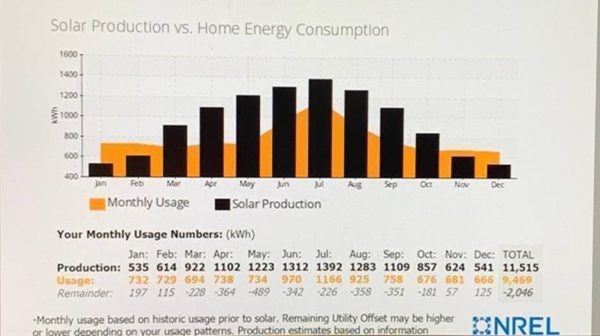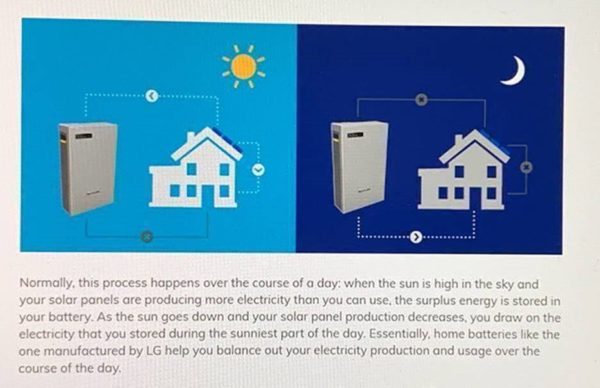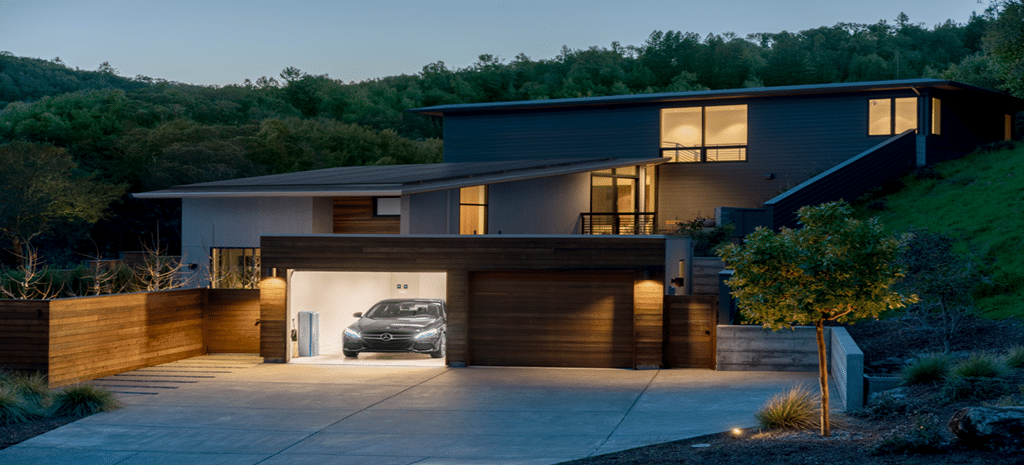This article series describes my journey from a standard consumer to a prosumer and from owning a gasoline-powered vehicle to owning an electric vehicle (EV). I was led to making these two decisions to lower my ever-rising electric and gasoline bills, to enhance the resilience of my house to power outages, and to promote clean air. The report includes economic analysis behind the decisions, explains what it took to implement them, and provides the results during the time that has elapsed since I became a prosumer and EV driver.
Introduction
My career as an energy economist ran from 1978 to 2021 and focused on enhancing the energy efficiency of consumption. During this time, I was fortunate to work utilities, regulators and stakeholders on all six continents.

Image: Twitter
I had entered the field as a graduate student at the California Energy Commission. The focus of my work there was on forecasting the demand for energy in California’s industrial sector. Then I moved to EPRI. There, I worked on a variety of topics, including demand forecasting, rate design, demand-side management, electrification, and retail choice. Later, I worked with several consulting firms on these topics and dug deep into the design of dynamic pricing experiments.
During all these years, I was also a consumer of energy. In the late eighties, we switched houses. The new house had an extra bedroom and bathroom and larger by 600 square feet. Our energy bills rose. A few years later, I switched to time-of-use (TOU) rates for electricity to lower my bills. I had to pay an extra four dollars a month for an interval meter but it was worth it.
In the late 2000’s, a digital smart meter was installed at my house. I remained on TOU rates. But my electric and gas bills kept on rising. In 2015, two of my monthly bills hit $500. That was a tipping point for me. I began to investigate alternatives for enhancing the energy efficiency of my house.
In 2016, I made a significant investment in energy efficiency and participated in the local utility’s whole house energy upgrade program.
The bills, as discussed later in this chapter, went down by about 20% but were still above $200 a month. So, in 2019, I have made another significant investment: I installed photovoltaic (PV) panels on my roof and paired them with a stationary battery. I also traded in my gasoline-powered car for an electric vehicle (EV).
The lure of energy efficiency
In 2015, my electric and gas bills hit the $500 mark twice, first in the summer and then again in the winter. That pushed me over the edge. We were empty nesters living in a four-bedroom two-story house. After exploring several options, we invested a good sum of money in the local utility’s home energy upgrade program. The process was pretty smooth. We contacted an independent expert at the utility-funded program who reviewed our choices with us and then directed us several contractors who did such work. We hired one of these who specialized in equipment made by Carrier.
This involved replacing the SEER 11 air conditioner with a SEER 18, the 80% efficient gas furnace with a 97% efficient gas furnace, adding attic insulation and sealing the ductwork so the leakage went down from 56% to 8%. We did consider installing a heat pump but it was not cost effective given the electric rates. The contractor told us that they were only being installed in homes with solar panels.
Then came the hard part. Estimating how much the bills had gone down, on a weather normalized basis. A friend helped me do the necessary econometric work using bills going back to 2003. The result: 19%. That yielded a very long payback approaching 20 years.
I wrote a long paper for a trade journal about our experience while my wife and I published an op-ed in the LA Times. And, of course, we shared our news with many friends and neighbors. A few said we should have gone with solar. And one said we should have done both. But that was going to be a huge investment. And I was keen on doing energy efficiency first, believing the cleanest kWh is the one that is not generate.
With all the energy efficiency investment, my average monthly electric bill went down from $250 a month to $205 a month. That was still a lot higher than I wanted it to be.
So, in July 2019 I decided to go solar. The system is designed to make me self-sufficient on a net basis with the 8-kW system (comprised of 25 panels rated at 320 watts each) with a payback of 7 years. The utility’s website was quite helpful in estimating system size and savings.

Investing in a battery storage system
I also went ahead and ordered a 9.8 kW battery to make my prosumer experience more fulfilling. That turned me into a prosumer. The combined payback period for solar plus storage is 9 years but the battery does provide enhanced reliability and it has come in really handy during the five power outages I have had in the past nine months. It powers five essential circuits inside the house, including the refrigerators and freezers, lights, and the internet router.

Part two will continue the story with Ahmad Faruqui’s experience buying and owning an electric vehicle in California.
The views and opinions expressed in this article are the author’s own, and do not necessarily reflect those held by pv magazine.
This content is protected by copyright and may not be reused. If you want to cooperate with us and would like to reuse some of our content, please contact: editors@pv-magazine.com.








I also live in California and thanks to TURN, a non-profit organization that convinced the CPUC to use Tiered tariffs, my high-end bills in 2010 was 48 cents per kilo watt hour in Tier 5 with an average cost of 26 cents per kilo watt hour averaging in all the tiers. CFL lighting then LED lighting, Energy Star appliance helped a little but getting out of the top 3 tiers became a goal. In 2010 I instilled an off grid solar system because PG&E said they would not approve an on-grid system smaller than 2000 watts. My 1400-watt system got me out of tier 5 and tier 4, but I wanted more. Today I have expanded my off-grid system to 8,000 watts and I also replaced my roof with a Tesla Solar Glass Roof with 7,800 watts in active solar tiles. I replaced my gas Furnace usage with all electrical heaters, run my whole house with air conditioning and at the end of the year got $32.00 in true up compensation. My average gas bill is $38.00 for my hot water heater and $10.00 for my electrical meter stand by charge. From $300.00 per month average in 2010 down to $50.00 per month in 2022 and I have added more refrigeration and other loads because I can. And so can you with rooftop solar if PG&E does not replace NEM-2.0 with the proposed NEM-3.0 unless you make your system an off-grid system with batteries like I originally had to. I really want to see what Dr. Ahmad Faruqui did next in part 2 since I will need to do more to prepare for the EV I plan to buy and not have it charged at night with fossil fuels from PG&E but rather from my clean solar energy. I am a retired inside wireman electrician and you do not have to be a doctor or an electrician to put in your own solar system. The prices have dropped 63% since we first started from $8.00 per watt to under $3.00 per watt installed for rooftop solar professionally installed. Take it from us pioneers, You can to it also.